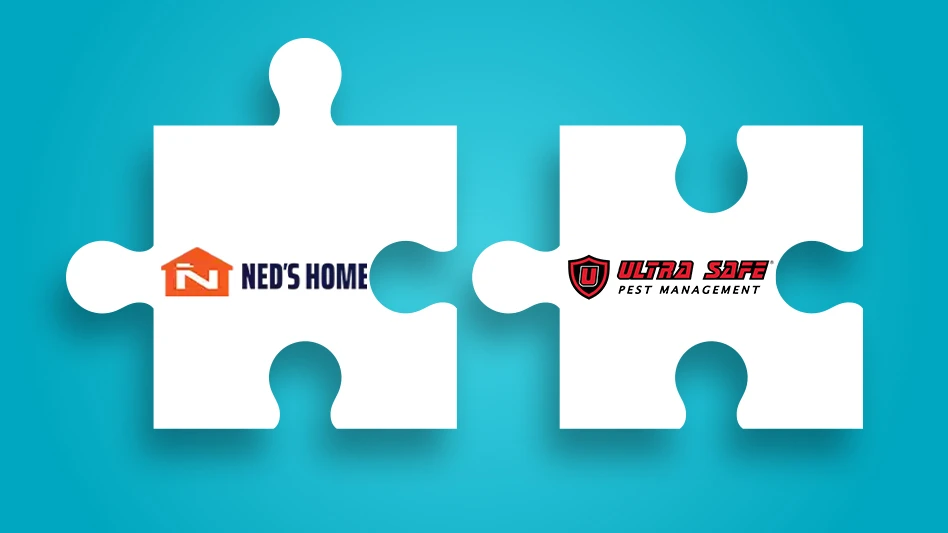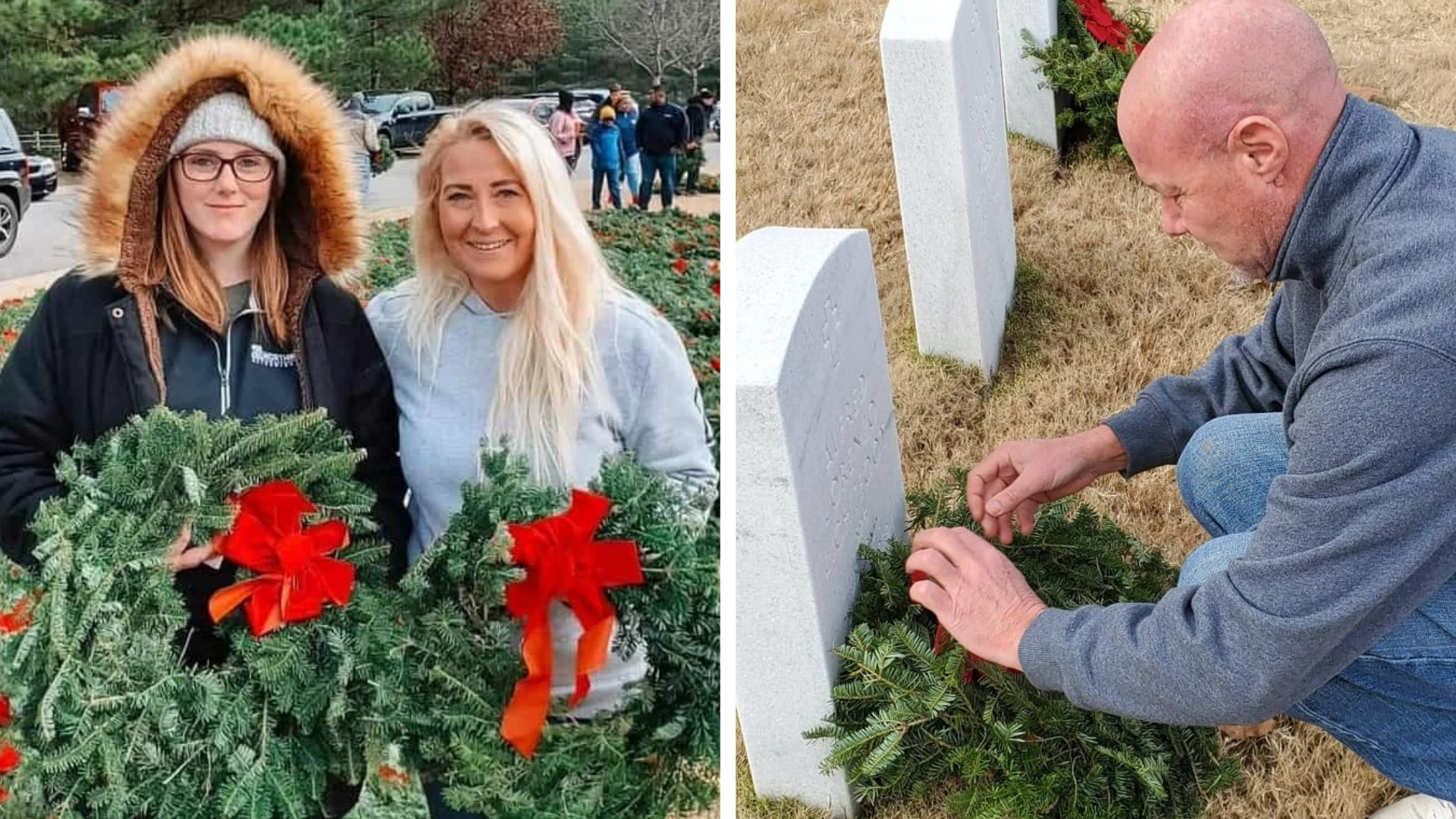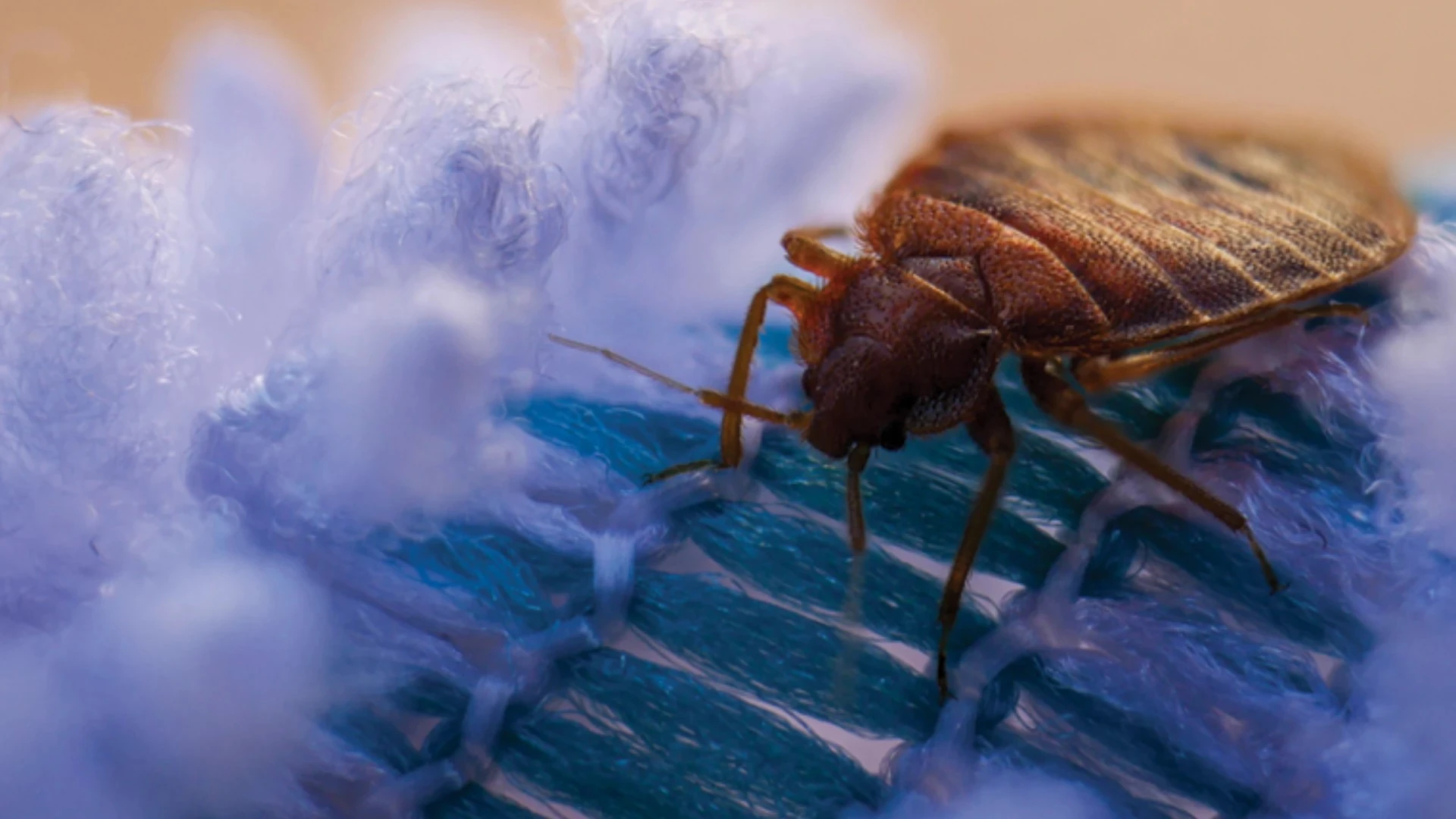"Closed due to inadequate pest control." These words invoke fear, embarrassment and guilt not just in the food service industry, but also in the pest management provider. Restaurants, retail stores, hotels and other businesses involved with food service are under constant scrutiny by public health inspectors to ensure that their premises are well managed and free of pest infestation.
Inspectors play an important role in making sure the public is protected from disease and foodborne pathogens, something that rodents, birds and insects can readily spread. It is the responsibility of the food service industry and pest management professionals (PMPs) to work together in providing safe food premises, thereby ensuring public health. Typically closures of a food premise are triggered when:
- A public health inspector conducts a regularly scheduled inspection of the premise and finds established rodent or cockroach activity and/or contaminated food or food contact surfaces, or
- A member of the public or a store employee reports pest activity to the public health department with the subsequent inspection verifying the report.
To prevent a public health inspection closure, pest management professionals and food service industry representatives should take the following steps:
Ensure response is adequate. When the presence of pests is known by the PMP the control approach must be sufficient to crash the population quickly. Where the response is inadequate the infestation and risk of closure will be prolonged or even worsen as the population grows larger between service visits. An effective pest management program will identify pest presence through inspection and a network of monitoring devices, with additional action initiated when deemed necessary due to pest activity. Corrective action may include identification and disposal of infested products, insecticide application for insects, setting of snap traps for rodents, thorough cleaning of the premises, and enhanced service frequency. When customers are seeing visible pests within a food service establishment this is often a clear indication of inadequate response to pest activity.
Foster communication and cooperation. A strong working relationship between the PMP and food service personnel is critical to preventing pest infestation. When pest activity is detected by food service personnel this must be relayed to the PMP for action. Similarly, when the PMP identifies pest activity or finds conditions on site that could lead to infestation this must be communicated with the appropriate urgency to their clients so that action is taken within the needed time frame. Good communication is one of the most influential factors for determining whether pest management will be successful. Cooperation is needed as well to implement the necessary corrective actions such as allowing access for the pest management professional to perform work after hours, opening up void areas where pests could be harboring, providing maintenance support, enhancing cleaning efforts, and removing food items and utensils from an area to prevent contamination during treatment.
Respond promptly and effectively. Often pest activity occurs due to underlying factors present within or around the perimeter of the facility. An important part of the PMP’s service is to report on structural and sanitation conditions present on site that promote pest infestation to their clients and to follow-up to make sure positive things happen. Equally, if not more important, is the response to these recommendations; where response is inadequate the risk of pest activity developing escalates and so does the risk of public health inspection closure.
Facility maintenance. Building maintenance both in terms of structural upkeep and thorough sanitation practices are critical to the prevention of pest activity. Structural issues such as holes and gaps around utility lines within the exterior walls, and open or poorly sealed doors and windows will allow rodent, insect and possibly bird entry. Interior structural deficiencies such as missing grout between floor tiles, holes within interior walls, and plumbing leaks also promote pest infestation by providing harborage sites and favorable habitat. Sanitation deficiencies allowing food material accumulation both inside and outside the facility will lead to pest infestation either by attracting them to the building or providing the needed resources for survival and growth. While site maintenance is a direct cost to the facility it is something that will reward management not only through reduced pest pressure but also through elevated employee and customer satisfaction.
FINAL THOUGHTS. As we have seen, pest management programs must be proactive in nature to achieve the desired result of protecting the establishment from pest activity. This goal can only be achieved with a partnership that provides a focused approach to strong sanitation practices, sound building maintenance and quick detection with appropriate action toward pest presence should it occur. By working together in this nature, risk to public health is avoided and brand image is not only maintained but is strengthened.
The author is quality assurance manager for Abell Pest Control, a Copesan member company based in Etobicoke, Ontario, Canada. He is a graduate of the University of Guelph, where he earned a bachelor’s degree in wildlife biology. A member of the Copesan Technical Committee, he can be contacted at sgraff@gie.net.
Founded in 1958, Copesan is an alliance of premier pest management companies with locations throughout North America. To learn more, visit www.copesan.com.

Explore the February 2010 Issue
Check out more from this issue and find your next story to read.
Latest from Pest Control Technology
- Rentokil Terminix Expanded in Key Markets with 2024 Acquisitions
- In Memoriam: Joe Cavender
- Certus Acquires Green Wave Pest Solutions
- Liphatech Adds Alex Blahnik to Technical Team
- Do the Right Sting: Stinging Insect Identification, Management, and Safety
- VAGA's 8th Annual Veterans Thanksgiving Appreciation Dinner
- Clark's Blair Smith on the Response to Increased Dengue Fever Cases in Southern California
- WSDA, USDA Announce Eradication of Northern Giant Hornet from U.S.





